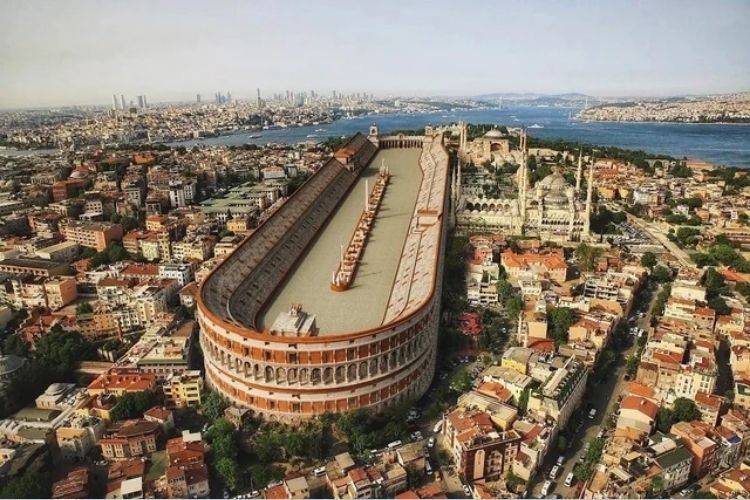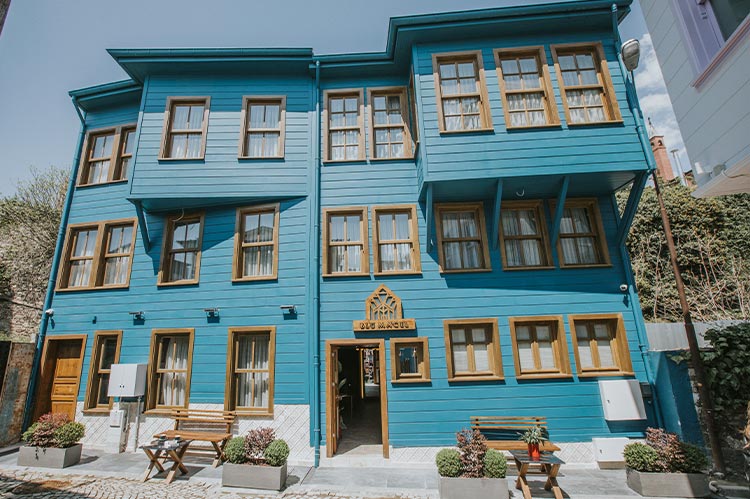
Istanbul’s history is a rich tapestry woven over centuries, marked by the rise and fall of great empires. This city, straddling two continents, has been a crossroads of cultures and civilizations for over two millennia.
The Byzantine Era: Constantinople’s Rise
Istanbul's history dates back to ancient times when it was known as Byzantium, a small Greek colony founded around 660 BC. However, the city truly rose to prominence in 330 AD when Roman Emperor Constantine the Great declared it the new capital of the Roman Empire, renaming it Constantinople. This marked the beginning of the Byzantine era, a period that would last for over a thousand years.
During this time, Constantinople became the heart of the Byzantine Empire, a center of Orthodox Christianity and a hub of trade and culture. The city's strategic location on the Bosphorus Strait made it a vital link between Europe and Asia, fostering economic and cultural exchanges. Iconic structures like the Hagia Sophia, built in 537 AD, and the Theodosian Walls, which protected the city from numerous sieges, are lasting testaments to this period. Despite facing numerous invasions, including the Crusaders in 1204, Constantinople remained a beacon of Byzantine power until its fall in 1453.
The Ottoman Era: The Jewel of the Empire
The fall of Constantinople in 1453 to Sultan Mehmed II marked a new chapter in Istanbul's history, ushering in the Ottoman era. The Ottomans transformed the city into the capital of their vast empire, which spanned three continents. Under Ottoman rule, Constantinople was renamed Istanbul and quickly became the political, cultural, and economic center of the Islamic world.
The Ottomans invested heavily in the city’s infrastructure, building grand mosques, palaces, and public buildings that still define Istanbul’s skyline today. The Topkapi Palace, built shortly after the conquest, served as the administrative heart of the empire for centuries. The Suleymaniye Mosque, constructed in the 16th century under the reign of Suleiman the Magnificent, stands as a symbol of the empire’s architectural and cultural achievements.
Istanbul’s role as a major center of trade continued during the Ottoman era, with the Grand Bazaar and Spice Bazaar becoming bustling hubs of commerce. The city’s diverse population, including Turks, Greeks, Armenians, and Jews, contributed to a rich cultural mosaic that characterized Ottoman Istanbul.
Istanbul in the Modern Era
With the dissolution of the Ottoman Empire after World War I, Istanbul lost its status as a capital city when Ankara was designated the capital of the new Republic of Turkey in 1923. However, Istanbul remained the country’s largest and most influential city, continuing to play a vital role in Turkey’s cultural and economic life.
In the 20th and 21st centuries, Istanbul has grown into a vibrant metropolis, blending its ancient heritage with modernity. The city’s historical landmarks, such as the Blue Mosque, Hagia Sophia, and Topkapi Palace, attract millions of visitors each year, making tourism a significant part of its economy. Istanbul’s history is also reflected in its neighborhoods, where Ottoman-era wooden houses stand alongside contemporary buildings, creating a unique urban landscape.
Istanbul’s history is a journey through time, from its origins as Byzantium, through its glory days as Constantinople, to its transformation under Ottoman rule. Each era has left an indelible mark on the city, shaping it into the vibrant, diverse metropolis it is today. As you walk through Istanbul’s streets, you are walking through centuries of history, where every corner has a story to tell.







